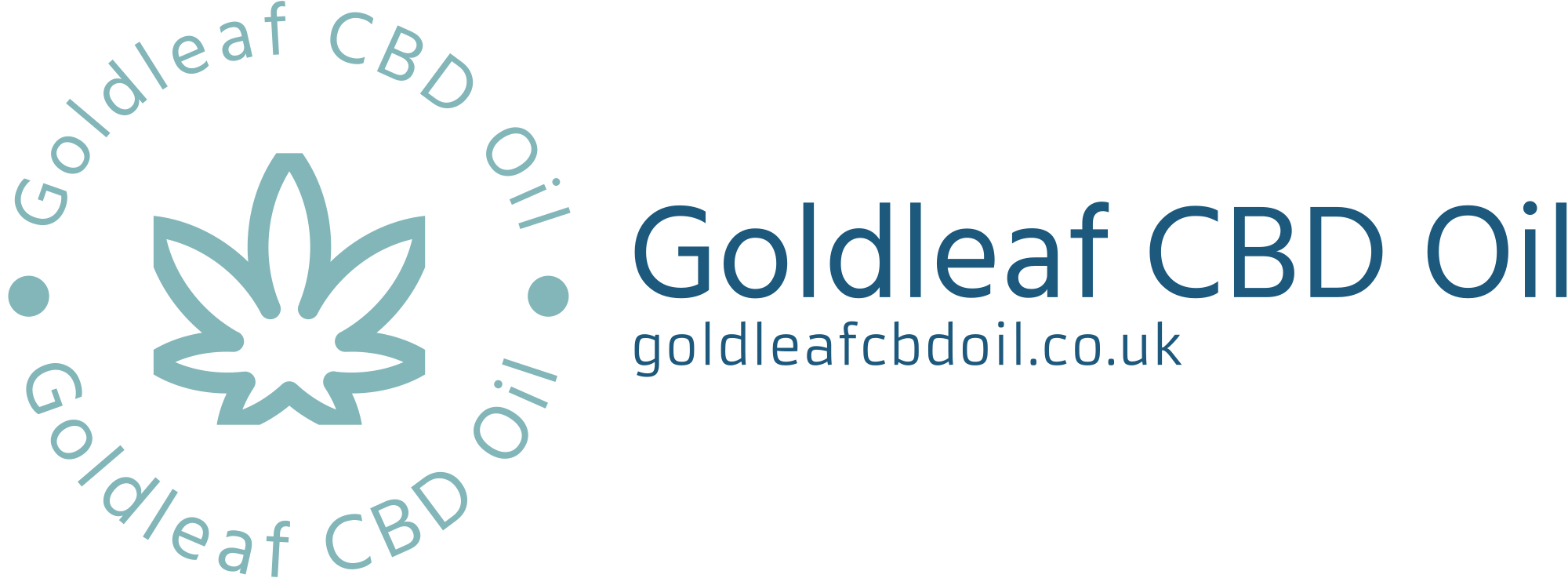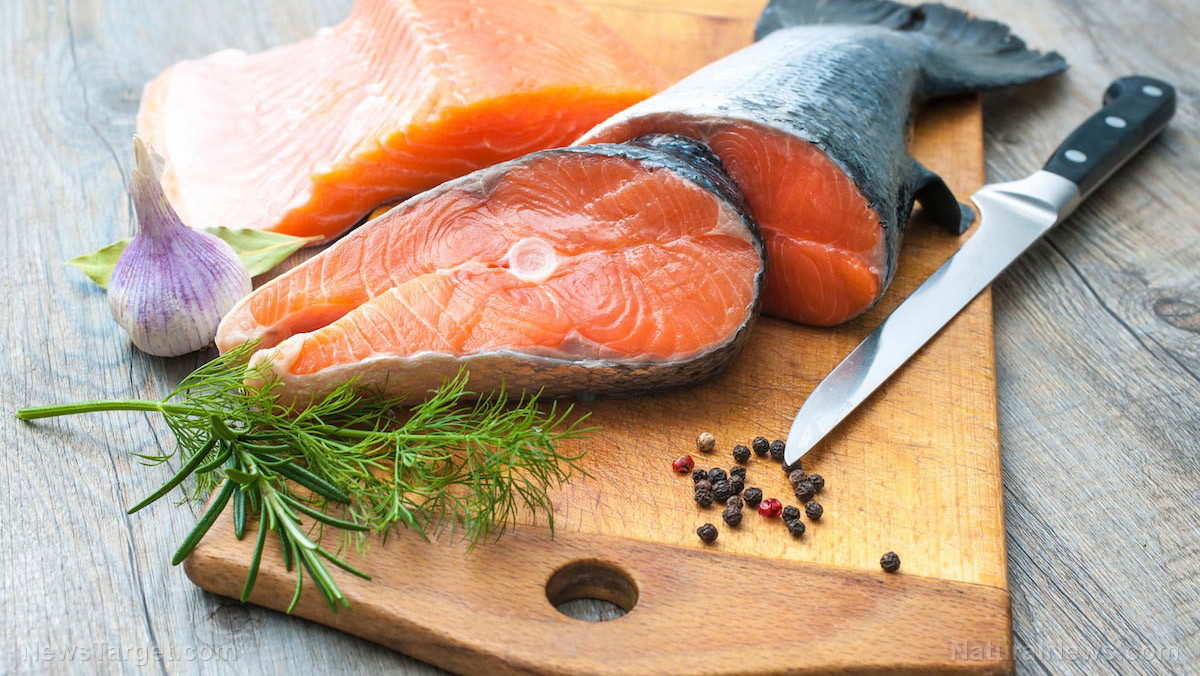Can You Eat Raw Salmon, and Should You?
Introduction
The consumption of raw fish, including raw salmon, has become increasingly popular in recent years, particularly due to the rise of sushi and sashimi in global cuisine. However, there are concerns regarding the safety and health implications of consuming raw fish, including the risk of foodborne illnesses. This comprehensive guide will explore the safety of eating raw salmon, potential health benefits, risks associated with consumption, and guidelines for making informed decisions about including raw salmon in your diet.
Understanding Raw Salmon
What is Raw Salmon?
Raw salmon refers to uncooked salmon fillets or slices that are consumed without undergoing any cooking process. It is commonly served in dishes like sushi, sashimi, ceviche, and tartare.
Nutritional Profile
Salmon is rich in nutrients, including high-quality protein, omega-3 fatty acids, vitamins D and B12, and minerals like selenium and potassium. These nutrients offer a range of health benefits, including heart health, brain function, and inflammation reduction.
Is Eating Raw Salmon Safe?
Potential Risks
Bacterial Contamination
Raw salmon, like all raw seafood, can contain harmful bacteria such as Salmonella, Listeria, and Vibrio. These bacteria can cause foodborne illnesses, leading to symptoms like nausea, vomiting, diarrhea, and in severe cases, dehydration and hospitalization.
Parasitic Infections
Raw salmon may also contain parasites such as tapeworms and roundworms, which can infect humans and cause gastrointestinal discomfort or more serious health issues if ingested.
Safety Measures
Sourcing
It is essential to purchase high-quality, fresh salmon from reputable sources, ideally from vendors who adhere to strict food safety standards and regulations.
Freezing
Freezing salmon at very low temperatures (-20°C or below) for a specific period (such as 7 days) can help kill parasites and reduce the risk of contamination.
Handling and Storage
Proper handling and storage of raw salmon are crucial to prevent bacterial growth. Store raw salmon in the refrigerator at 40°F (4°C) or below and consume it within two days of purchase.
Health Benefits of Raw Salmon
Nutrient Retention
Consuming salmon in its raw form may help retain more of its nutrients compared to cooked salmon, as high heat can lead to nutrient loss.
Omega-3 Fatty Acids
Raw salmon is a rich source of omega-3 fatty acids, which are essential for heart health, brain function, and reducing inflammation.
Protein
Salmon provides high-quality protein, which is important for muscle repair, growth, and overall body function.
Vitamins and Minerals
Raw salmon contains essential vitamins and minerals like vitamin D, B12, selenium, and potassium, which play vital roles in various bodily functions.
FAQs
Is all salmon safe to eat raw?
Not all salmon is safe to eat raw. It is crucial to source high-quality, fresh salmon from reputable suppliers and follow proper handling and storage guidelines to minimize the risk of foodborne illnesses.
Can freezing salmon eliminate the risk of parasites?
Freezing salmon at very low temperatures (-20°C or below) for a specific period can help kill parasites, but it may not eliminate all risks. It is essential to follow freezing guidelines and handle salmon properly to reduce the risk of contamination.
Are there any health benefits to eating raw salmon?
Raw salmon retains more of its nutrients compared to cooked salmon, making it a rich source of omega-3 fatty acids, protein, vitamins, and minerals. However, it is essential to balance the potential benefits with the risks of bacterial contamination and parasitic infections.
Can pregnant women eat raw salmon?
Pregnant women are advised to avoid consuming raw fish, including raw salmon, due to the risk of foodborne illnesses and potential harm to the developing fetus.
What are the alternatives to raw salmon for obtaining omega-3 fatty acids?
Alternatives to raw salmon for obtaining omega-3 fatty acids include cooked salmon, other fatty fish like mackerel and sardines, fish oil supplements, and plant-based sources like flaxseeds, chia seeds, and walnuts.
Are there any specific guidelines for safely consuming raw salmon at home?
When preparing raw salmon at home, it is essential to source high-quality, fresh fish, freeze it at very low temperatures for a specific period to kill parasites, and follow proper handling and storage guidelines to minimize the risk of contamination.
Can children consume raw salmon?
Children, especially those with weakened immune systems, are more susceptible to foodborne illnesses. It is generally recommended to avoid giving raw salmon to children and to opt for cooked salmon instead.
Conclusion
While raw salmon can be a delicious and nutritious addition to your diet, it is essential to understand the potential risks associated with consuming raw seafood and take appropriate precautions to minimize these risks. By sourcing high-quality, fresh salmon, following proper handling and storage guidelines, and freezing salmon when necessary, you can enjoy the health benefits of raw salmon while reducing the risk of foodborne illnesses and parasitic infections. Ultimately, individual preferences, health considerations, and risk tolerance should inform your decision to include raw salmon in your diet.

